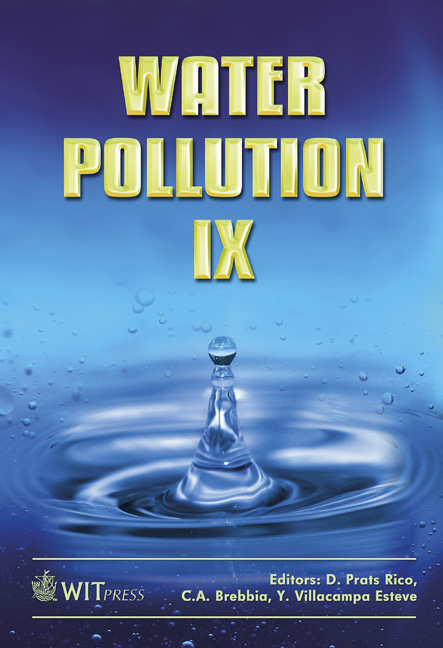Characterization Of Groundwater Resources Degradation At Santiago Island (Cabo Verde) Ascribed To Isotopic And Geochemical Signatures
Price
Free (open access)
Transaction
Volume
111
Pages
10
Page Range
139 - 148
Published
2008
Size
985 kb
Paper DOI
10.2495/WP080141
Copyright
WIT Press
Author(s)
P. M. Carreira, J. M. Marques, A. Pina, A. Mota Gomes, D. Nunes & F. Monteiro Santos
Abstract
Overexploitation of coastal aquifers and pollution are among the main problems related to groundwater resources assessment and management in Santiago Island (Cabo Verde). Brackish groundwater for agriculture and human supply (e.g. Praia Baixo, Montenegro, and Charco) are being provided to populations as the only type of available water. Isotopic techniques combined with geochemical signatures provided information about salinization mechanisms (e.g. seawater intrusion, salt dissolution, and marine aerosols) of the groundwater systems, at Santiago Island. The isotopic composition of groundwater samples range from -4.98 to -2.61o/oo in δ18O and from -44.6 to -14.9o/oo in δ2H, with a mean isotope content of -3.88 ± 0.53o/oo in δ18O and -25.9 ± 5.4o/oo in δ2H vs V-SMOW (n = 115). Two groundwater groups were recognized based on the δ18O and δ2H isotopic composition and different geochemical evolution trends were identified: (i) mixture with seawater (the influence of marine aerosol cannot be excluded) and (ii) same isotopic \“history” but different geochemical evolution, depending on weathering rates and rock permeability. Keywords: groundwater degradation, geochemistry, stable isotopes, Santiago Island – Cabo Verde.
Keywords
groundwater degradation, geochemistry, stable isotopes, Santiago Island – Cabo Verde.





